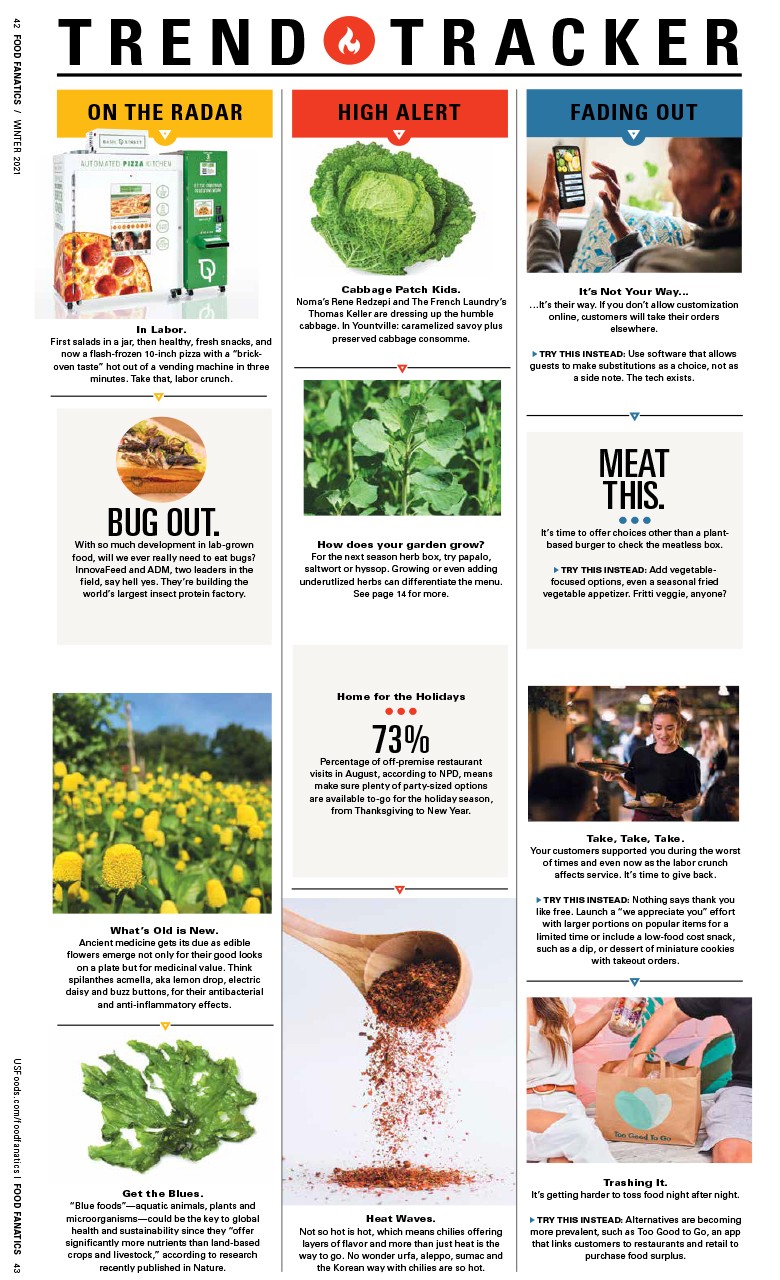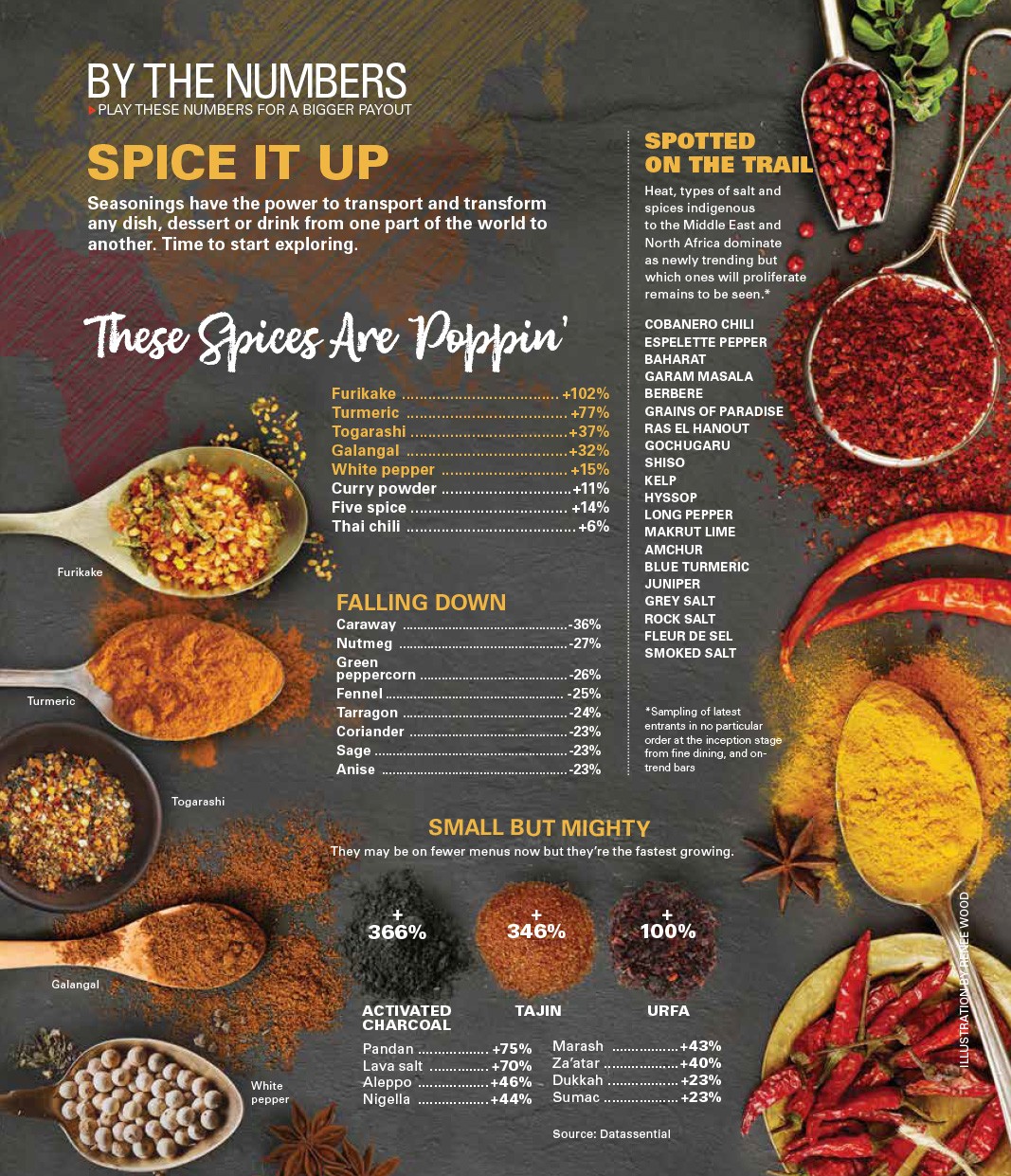Sharpen Your Restaurant Hiring IQ
Don’t get cut off from the best as the labor pool tightens
Finding quality employees is hard, and you can expect it to get harder. Hiring “is getting more difficult because the economy is doing better and there are simply more restaurants in more places,” says Clark Wolf, a New York food and restaurant consultant. “Hiring smart is more valuable and cost-efficient than ever before.”
So how can you amp up your hiring IQ? Start here.
1. Dig Deeper
Charlie Trotter’s extensive hiring questionnaire is legendary—one that served him twofold. It reinforced his high expectations and unyielding quest for perfection, but it also provided insight into potential hires.
A questionnaire should be a reflection of your concept and what’s important to it. Think of questions that will cull deeper insight into the potential hire, and measure knowledge that pertains specifically to your operation.
2. Share Your Vision
Make sure your hires understand what you and your restaurant are all about. Your vision is “one of those things you really can discuss at a first meeting,” Wolf says. “You can very much see from their response if it rings any bells.”
Employees who buy into your philosophy are especially significant when millennials make up your staff, says Darren Tristano, executive vice president of Technomic Inc., a food research and consulting firm.
“The younger generations want to have a voice, and they want to be connected and understand the culture and the philosophy of the business,” Tristano says. “They want a future, and they’ll go to whoever gives it to them.”
3. Adopt a Group Mentality
Tommy Hall, co-owner of Halls Chophouse in Charleston, South Carolina, takes a page out of Silicon Valley’s hiring practices. He assembles various employees to meet with potential hires before committing to a candidate. To hire a line cook, he’ll have applicants talk to a server, a shift leader and the sommelier. “I want to see how they interact,” he says, adding that restaurants are all about teamwork.
Teamwork is so important to Hall that he often talks to the candidates’ former colleagues, too, not just bosses. “I’ll dine in the restaurant and ask staff, ” he says.
Requiring a potential hire to do a stage is par for the course for top kitchen positions, but consider extending this condition to all hires. It reveals how well the person interacts with staff.
4. Consider a Recruiter
Sometimes the best fit, especially for a high-level position or one that you’ll rely on to help run the business, isn’t looking for a job. Recruiters can help unearth passive candidates—people content in their current positions and not actively looking.
Matt Post, owner of Javelina, a new Tex-Mex restaurant in New York, hired a recruiter specializing in the restaurant industry to find an executive chef. Post wanted a chef who had worked in a large kitchen and was familiar with more than Tex-Mex cooking. Chef Richard Caruso was consulting for another restaurant but he jumped at the chance when the recruiter approached him to start Javelina with Post.
“It’s really easy to find that active job seeker,” says Post, a former recruiter. “But there’s also a ton of (people) working for great organizations, who don’t know that they’re interested yet in a new opportunity because they’re happy where they’re at.”
5. Plan For Their Future
Making growth potential clear and transparent to employees can be an important factor for them to stick around, Tristano says. “Without a vision in an organization, employees tend to look elsewhere.”
“We’re not Google, we’re not some Fortune 500 company that’s got different VPs, directors and SVPs. We’re a small, lean organization, but we do want to grow,” Post says. “The first port of call is going to be our high performing workers.”
6. Start Low With Space to Grow
To gauge worth ethic and dedication, ask whether potential hires would consider starting in an entry-level position.
"Without a vision in an organization, employees tend to look elsewhere."
-Darren Tristano of Technomic, Inc.
Hall recently asked two applicants for server positions if they’d be willing to start off as a table runner. One applicant said, “I’ll do it if I have to.” The other said he’d do “whatever it takes to get in the door,” says Hall, who chose the latter. “Every single bartender started as a waiter and moved their way up.”
7. Make Scheduling Easier
Restaurants that change schedules, whether to adjust for seasonality or higher volume times, can create instability for some staffers, causing them to miss work or quit altogether.
Many new technology companies, such as 7shifts and ShiftPlanning, offer online scheduling so that restaurants can plan for busier or slower times. Employees can then make adjustments and restaurants can fill in the gaps weeks or months in advance.
“You make it easier for people to swap shifts with technology,” Tristano says. It’s a “huge step forward, not only for a restaurant but for a group restaurant where people may be able to utilize the other restaurants to add a shift or swap a shift.”
8. Accept and Adjust
Despite all the best hiring practices, staff shortages can still occur, especially in the current economic climate.
“Sometimes you need to adjust the conceptual notion, construct or the execution to meet the parameters of what you have,” says Wolf. “Sometimes you need to shorten the menu; simplify the service method. You have to adapt.”
Gloria Dawson is a contributor to The New York Times and The Wall Street Journal, who suspects she was once hired at a restaurant called Olive Oil’s because she looked like the cartoon character.
Give It To Me StraightYou may say it’s always been hard finding good workers, but it’s not an official labor shortage—yet. The National Restaurant Association, however, acknowledges that the “underlying fundamentals suggest that the labor market is likely tightening.” Some factors to consider: - Job growth has steadily increased annually, a trend expected to continue. The number of restaurant workers is projected to hit 15.7 million by 2025, a 1.7 million increase from 2015, according to the NRA. - Finding employees is a significant concern among nearly 20 percent of restaurants surveyed by the NRA. About 50 percent of respondents say they will be focusing more resources on recruiting and retaining employees. - Restaurants are competing with companies such as Wal-Mart, which has voluntarily increased minimum wage. Corporate-owned McDonald’s has followed suit. While the federal minimum wage has yet to increase, many states have already taken the initiative. - The restaurant industry is increasingly becoming a place where people look for long-term jobs and careers. Seven out of 10 people in a 2014 NRA Educational Foundation survey said they see themselves staying around long enough to retire from the restaurant industry. |



